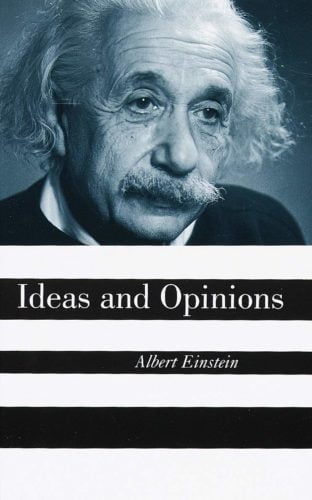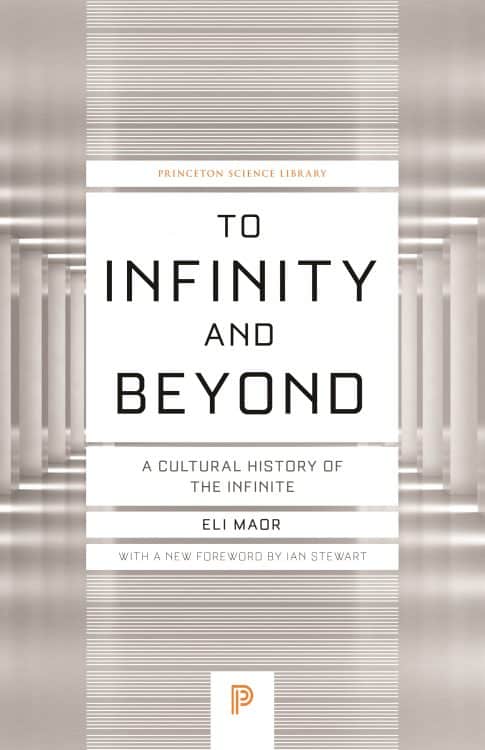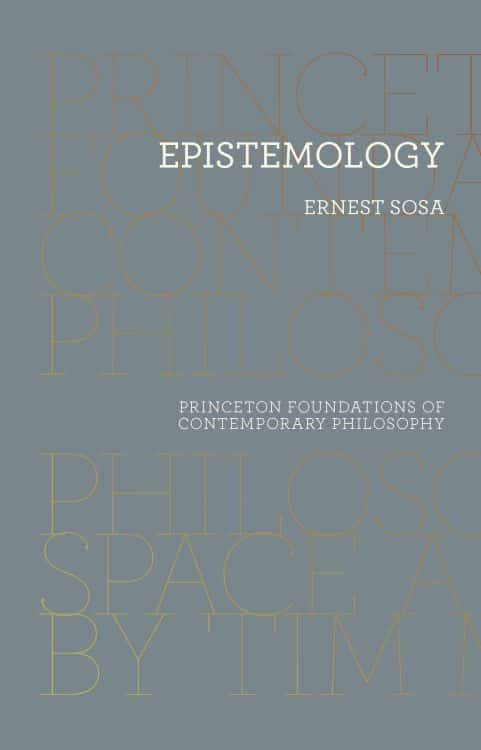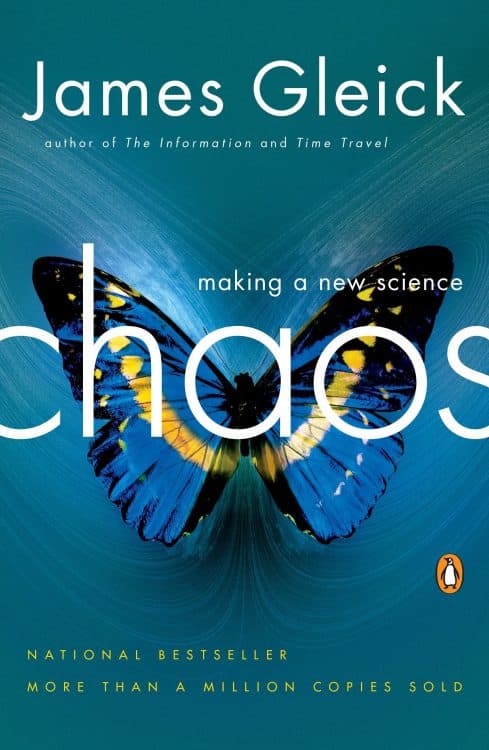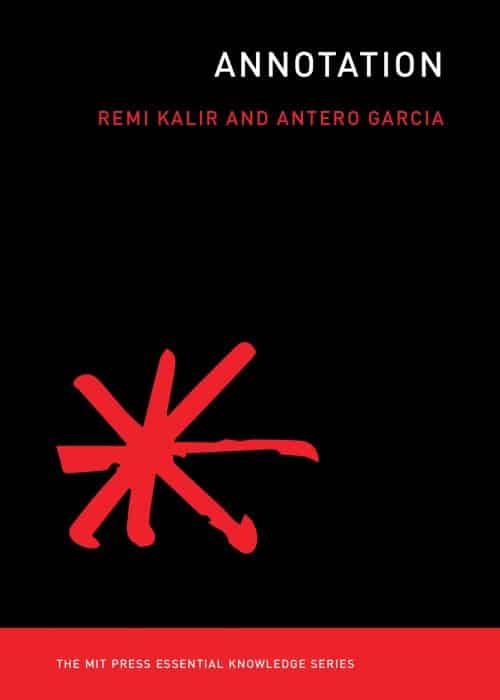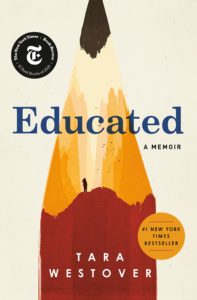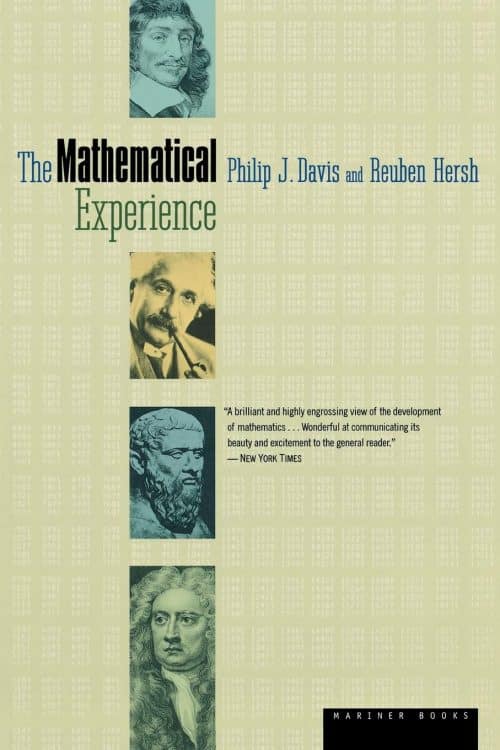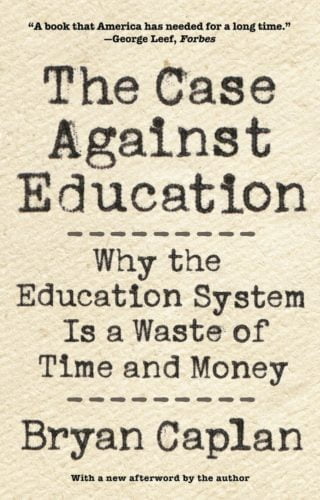In a world increasingly driven by technology and rapid information, Scott Newstok’s How to Think like Shakespeare stands as a refreshing reminder of the timeless value of deep thought and classical education. This book takes us on a journey back to the Renaissance, uncovering the intellectual practices that fueled some of the greatest minds in history and presenting them in a way that is both relevant and accessible to today’s readers.
Newstok argues that modern education, while valuable, often overlooks the profound benefits of classical methods of thinking. By revisiting the practices of Shakespeare and other Renaissance thinkers, Newstok demonstrates how these time-honored techniques can make learning more engaging and fulfilling.
The book explores how Shakespeare, through his works and the educational practices of his time, mastered the craft of thought. This includes the ability to ponder deeply, make connections across different fields of knowledge, and approach problems with creativity and critical thinking.Newstok distills these ancient practices and adapts them for a modern audience. Through this, he shows us that the essence of true education lies not just in the acquisition of skills but in fostering a love for learning and an inquisitive mindset.
While How to Think like Shakespeare is steeped in historical context, its lessons are incredibly pertinent today. Newstok makes a compelling case for why we should integrate these Renaissance practices into contemporary education to cultivate more thoughtful, innovative, and well-rounded individuals.
Scott Newstok’s How to Think like Shakespeare is a profound exploration of the lost art of thinking. It serves as both a critique of modern educational practices and a celebration of timeless methods of learning. By merging the old with the new, Newstok provides a blueprint for making education not just a process of skill acquisition but a joyous, enriching experience.
If you’re looking to enrich your mind and rediscover the joy of learning, this book is a must-read. And for educators, it offers invaluable insights into creating a more engaging and effective learning environment.


